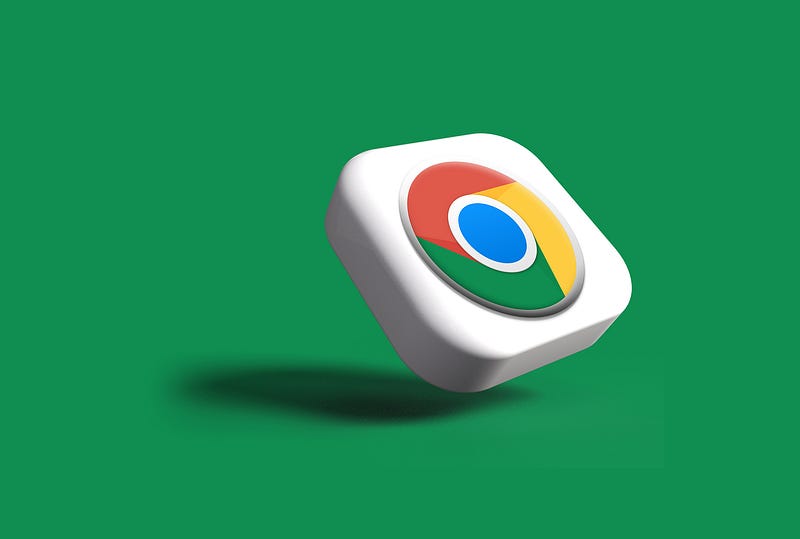My Chromebook Review After Years of Daily Use.
A few years back, I found myself on the hunt for a new laptop to replace my aging Windows device.

A few years back, I found myself on the hunt for a new laptop to replace my aging Windows device. Armed with specific criteria, a full keyboard with a number pad and excellent battery life. I faced the challenge of finding the perfect match on a tight budget.
My quest led me to the Best Buy website, where I stumbled upon an open-box Lenovo Chromebook at my local store. Priced under $300, this Chromebook boasted an Intel i3 processor and 4GB of RAM — specs that surpassed many in its category. I decided to give it a shot.
Fast forward over two years, and I’m ready to provide a comprehensive review of using the Chromebook as my daily driver.
Pros:
- Quality Build: Surpassing expectations for its price range, the Lenovo Chromebook features a sleek case with an aluminum exterior. The comfortable keyboard, complete with a full number pad, has proven durable over time.
- Exceptional Battery Life: Even after two years of use, the battery life remains impressive. Whether it’s the efficiency of ChromeOS or the quality of the Lenovo battery, the longevity has held up well.
- Versatile Ports: With two USB-C ports, one USB-A port, a Micro SD card reader, and a headphone jack, the Chromebook offers enough connectivity options for various use cases.
- Responsive ChromeOS: The operating system is snappy and responsive. Apps load quickly and rarely crash, delivering a smooth user experience.
- Linux Environment: Enabling developer mode allows users to run a Linux environment alongside ChromeOS, expanding functionality by allowing the installation of Linux packages not available in the Play Store.
Cons:
- Underpowered for Intensive Tasks: In comparison to other Windows-based laptops, the Chromebook may struggle with memory or graphics-intensive applications.
- No Backlit Keyboard: While not a deal-breaker given the affordable price, the absence of a backlit keyboard is a minor drawback.
- Weight and Touch Screen: Slightly heavier than desired, the Chromebook’s touchscreen feature may contribute to its weight. The touchscreen itself, though functional, is not a feature I look for in a laptop.
- Google Ecosystem Lock-in: Utilizing ChromeOS means embracing Google’s ecosystem. While services work seamlessly, privacy concerns associated with Google are worth considering.
- App Compatibility: Some favorite apps may not be optimized for Chromebook use, appearing as mobile phone apps on the screen.
- Limited Storage: The Chromebook came with only 64GB of storage, but a Micro SD card can be used to expand storage capacity.

Linux Environment
One standout feature of the Chromebook is its ability to run a Debian based Linux environment alongside ChromeOS. This capability enables users to install Linux packages, offering greater functionality and access to programs not available in the Play Store.
Other Considerations
For those considering a Chromebook as their primary computer, compatibility with Windows-based software for work or school is a crucial consideration. Personally, having access to other PCs supplements my Chromebook for web-based work. If unsure about the Chromebook’s capabilities, opting for a Windows-based laptop might be prudent.
Conclusion
Overall, my experience with the Chromebook has been overwhelmingly positive. It’s a solid option for those seeking a user-friendly laptop capable of handling everyday tasks without breaking the bank. Whether you’re a student, professional, or casual user, this budget-friendly laptop deserves consideration.

